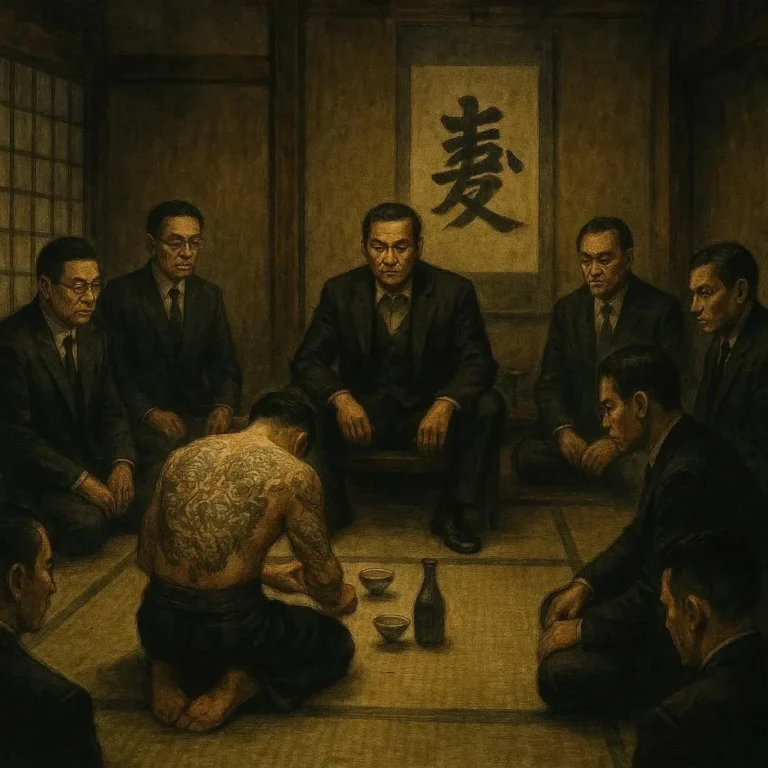505 views Japan’s Minimalism: How “Less” Became a Cultural Ideal
In a world where consumerism and materialism often dominate, Japan stands out as a beacon of minimalism. The concept of “less is more” has been deeply ingrained in Japanese culture for centuries, evolving from a simple aesthetic preference into a profound philosophical way of life. This blog post delves into the origins, principles, and modern manifestations of Japan’s minimalism, exploring how it became a cultural ideal that continues to inspire the world.
The Historical Roots of Japanese Minimalism
Japan’s minimalist tendencies can be traced back to ancient times, when simplicity and functionality were not just design principles but necessities. The country’s early history, marked by resource scarcity and a deep connection to nature, laid the foundation for a culture that values thriftiness, sustainability, and the beauty of the unadorned.
One of the earliest influences on Japanese minimalism was Zen Buddhism, which arrived in Japan from China in the 12th century. Zen teachings emphasized the importance of living in the present, free from the distractions of material possessions. This philosophy resonated deeply with the Japanese, leading to the adoption of minimalist practices in various aspects of life, from architecture to art.
The traditional Japanese tea ceremony is a prime example of how minimalism was integrated into daily life. The simple, uncluttered spaces and the deliberate, ritualistic movements of the ceremony reflect the Zen ideals of mindfulness and the beauty of imperfection. The tea ceremony became a symbol of Japan’s minimalist ethos, teaching participants to appreciate the value of simplicity and the fleeting nature of life.
The Philosophy of Ma: The Beauty of Space
One of the key concepts in Japanese minimalism is “Ma” (pronounced “mah”), which refers to the space or interval between things. Ma is not just the absence of objects but the presence of something deeper—a sense of harmony, balance, and purpose. In Japanese aesthetics, Ma is considered essential for creating a sense of calm and focus.
In architecture, Ma is evident in the use of empty spaces to create a sense of flow and balance. Traditional Japanese homes often feature large, open rooms with sliding doors made of paper (shoji), which allow natural light to filter through and blur the boundaries between indoors and outdoors. The empty spaces in these designs are not just functional but also meaningful, inviting contemplation and connection with nature.
The concept of Ma is also present in Japanese art forms like calligraphy and haiku poetry. In calligraphy, the spaces between the characters are as important as the characters themselves, creating a dynamic interplay between form and void. In haiku, the strict structure and the use of natural imagery encourage a focus on the essential, often leaving much to the imagination.
Wabi-Sabi: The Beauty of Imperfection
Another cornerstone of Japanese minimalism is Wabi-Sabi, a philosophy that celebrates the beauty of imperfection and impermanence. Wabi-Sabi is often described as the art of finding beauty in the imperfect, impermanent, and incomplete. It is a mindset that values the natural and the authentic over the polished and the perfect.
Wabi-Sabi is often associated with traditional Japanese pottery, where slight imperfections or irregularities in the glaze or shape are considered desirable. These imperfections tell a story, reflecting the human touch and the passage of time. In a culture that often values perfection, Wabi-Sabi offers a refreshing alternative, reminding us that true beauty is often found in the flawed and the fleeting.
Wabi-Sabi also influences the way the Japanese approach life. It encourages a mindset of gratitude, teaching us to appreciate the small, often overlooked moments and objects. In a world that is increasingly fast-paced and disposable, Wabi-Sabi offers a slower, more mindful way of living.
The Aesthetics of Minimalism in Japan
Japanese minimalism is not just a philosophy—it is also a visual language. The country’s unique aesthetic, characterized by clean lines, neutral colors, and a focus on natural materials, has become synonymous with minimalist design.
One of the most famous examples of Japanese minimalist design is the work of architect Tadao Ando, who is known for his use of concrete and minimalist forms. Ando’s buildings are often described as “spaces for the soul,” creating a sense of calm and introspection through their simplicity and Open spaces.
Another example is the traditional Japanese garden, where every stone, every tree, and every blade of grass is carefully placed to create a sense of harmony and balance. The minimalist design of these gardens invites the viewer to slow down, observe, and connect with nature.
Japanese minimalism has also influenced literature and poetry. The haiku, a traditional form of Japanese poetry, is a perfect example of minimalist literature. With its strict structure of three lines and a syllable count of 5-7-5, the haiku forces the poet to focus on the essential, often capturing a moment in time or a feeling.
The Minimalist Mindset: A Way of Life
For the Japanese, minimalism is not just a design trend or a philosophical concept—it is a way of life. It is a mindset that values the essential, the meaningful, and the sustainable.
One of the most well-known expressions of this mindset is the concept of “Mono no aware,” which refers to the pathos of things. This concept encourages us to appreciate the emotional value of objects, to cherish them, and to use them mindfully. It is the opposite of a throwaway culture, where objects are used once and discarded.
The minimalist mindset is also reflected in the traditional Japanese practice of “Mottainai” (too good to waste). This concept, which emphasizes the importance of reducing waste and making the most of what we have, has deep roots in Japanese culture. It is a mindset that values resourcefulness and sustainability, encouraging us to think carefully about what we consume and how we use it.
Modern Minimalism in Japan
While minimalism has been a part of Japanese culture for centuries, it has taken on new forms and meanings in the modern era. Today, Japanese minimalism is not just about the absence of clutter or the use of natural materials—it is also about sustainability, health, and well-being.
One of the most significant influences on modern Japanese minimalism is the concept of “Ichigo ichie” (one life, one encounter), which encourages us to appreciate every moment and every encounter as unique and fleeting. This philosophy is often applied to modern practices like mindful consumption and mindful living.
Another important aspect of modern Japanese minimalism is the emphasis on sustainability. In a world that is increasingly conscious of environmental issues, Japanese minimalism offers a way of living that is more sustainable and more mindful. By focusing on the essential and reducing waste, Japanese minimalism provides a model for a more sustainable future.
The Global Influence of Japanese Minimalism
Japanese minimalism has had a profound influence on the world, inspiring designers, artists, and thinkers across the globe. From the minimalist interiors of Scandinavian design to the simplicity of Apple’s product design, Japanese minimalism has left its mark on modern aesthetics.
One of the most significant examples of Japanese minimalism’s global influence is the rise of the minimalist lifestyle movement. Inspired by the teachings of Japanese minimalists like Marie Kondo, whose KonMari Method has become a global phenomenon, people around the world are embracing the idea of living with less and focusing on what truly matters.
Japanese minimalism has also influenced the way we think about technology. The minimalist design of Japanese technology, from the sleek lines of Sony’s electronics to the simplicity of Nintendo’s game designs, has set a new standard for design that is both functional and beautiful.
The influence of Japanese minimalism is also evident in literature and art. Writers like Haruki Murakami, whose sparse prose and focus on the essential have made him one of the most popular authors in the world, reflect the minimalist ethos in their work. Similarly, artists like Yayoi Kusama, whose minimalist forms and use of color have made her a global icon, continue to inspire new generations of artists and designers.
Conclusion: The Timeless Appeal of Japanese Minimalism
Japan’s minimalism is more than just a design trend or a philosophical concept—it is a way of life that has captured the hearts and minds of people around the world. At its core, Japanese minimalism is about finding meaning in the essential, appreciating the beauty of the imperfect, and living in harmony with nature.
As the world becomes increasingly fast-paced and cluttered, the timeless appeal of Japanese minimalism offers us a way to slow down, focus on what truly matters, and find beauty in the simple things. Whether through the simplicity of a traditional tea ceremony, the clean lines of a minimalist interior, or the mindful practices of a sustainable lifestyle, Japanese minimalism teaches us that less can indeed be more.
In a world that often measures success by the number of possessions we have, Japanese minimalism reminds us that true happiness and fulfillment come from within. By embracing the Japanese philosophy of minimalism, we can create a life that is more meaningful, more sustainable, and more beautiful—one that is truly a reflection of the timeless ideal that less is more.







